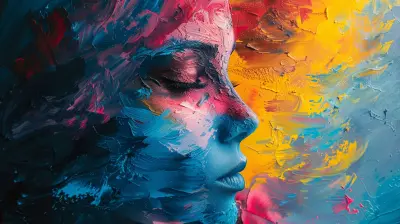The Role of Art and Creativity in the Lives of Autistic Individuals
27 October 2025
Have you ever looked at a painting or listened to music and felt something shift inside you? That indescribable feeling, that unspoken connection — it’s one of the most magical powers of art. Now, imagine how much more powerful that connection could be for someone who sees and experiences the world differently. That’s where the story of autism and creativity begins.
Art and creativity hold a unique place in the hearts of many autistic individuals. Why? Because they offer a safe and expressive outlet — a way to communicate when words sometimes fall short. In this article, we'll dive deep into how art impacts the lives of autistic people — emotionally, socially, and even neurologically. Whether you’re a parent, a teacher, or someone on the spectrum yourself, this piece is for you.
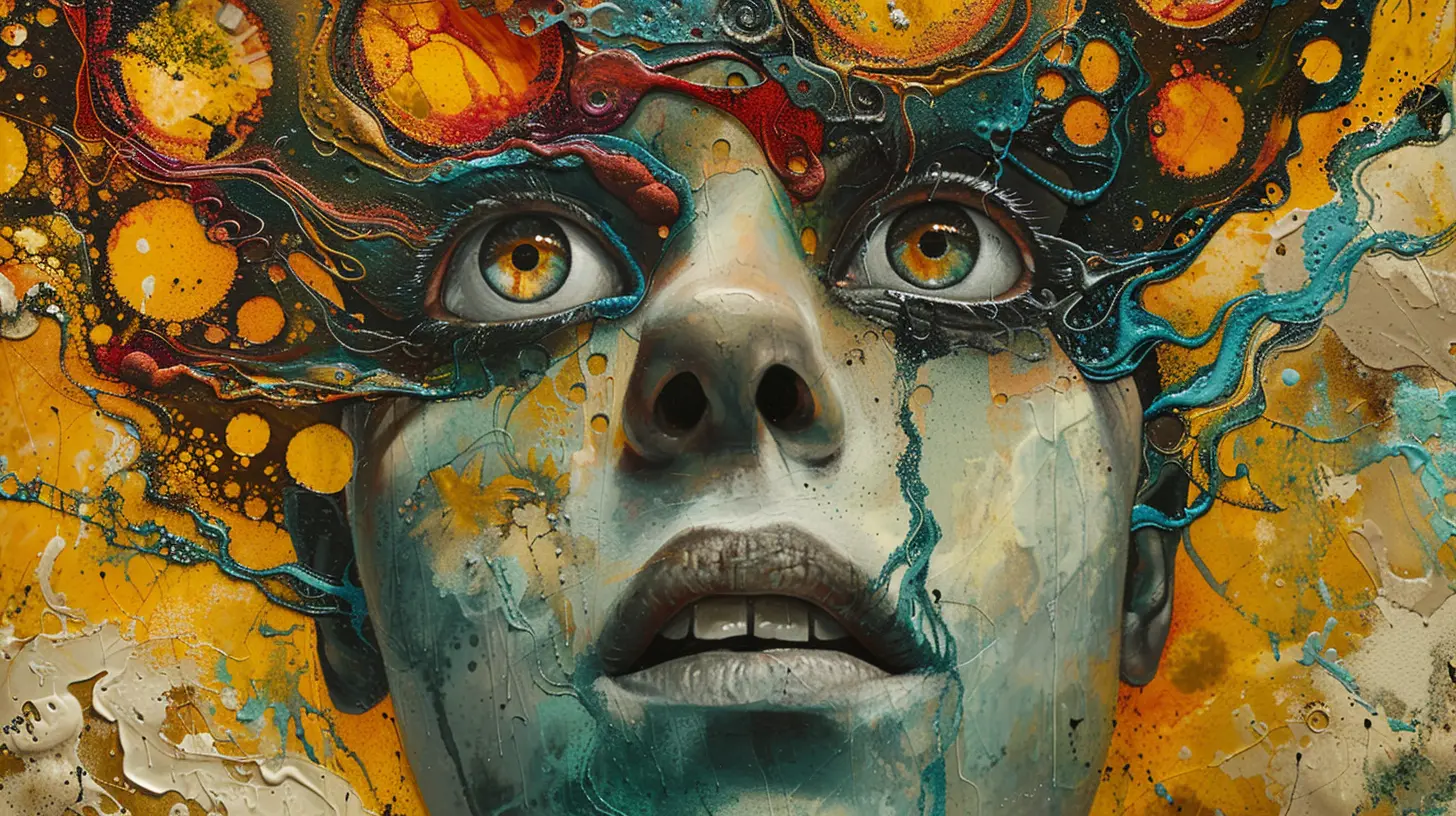
Understanding Autism in a Creative Context
Autism Spectrum Disorder (ASD) is a neurological and developmental condition that affects how people interact with others, communicate, and perceive the world. But it’s not just about challenges — autism comes with a different way of thinking, and very often, a unique way of expressing beauty, emotion, and depth. That’s where creativity shines.Autistic individuals might struggle with verbal communication, sensory overload, or maintaining eye contact — yet they often have rich inner worlds. Art becomes a bridge between that inner experience and the outside world. It allows them to "speak" in colors, lines, images, or movement, bypassing the need for words.
Not All Creative Expression Looks the Same
Let’s be real: when we say "art", we don’t just mean paintings hanging in a gallery. Artistic expression can take many shapes — drawing, sculpting, dancing, music, writing, or even digital animation. For some autistic people, it’s about hyperfocus on a single medium. For others, it’s about play and exploration.Think of creativity as a language, and every individual has their own dialect. One might obsessively draw intricate maps of imaginary worlds. Another might create loops of electronic music that echo the patterns they see in everyday life. Isn’t that kind of amazing?
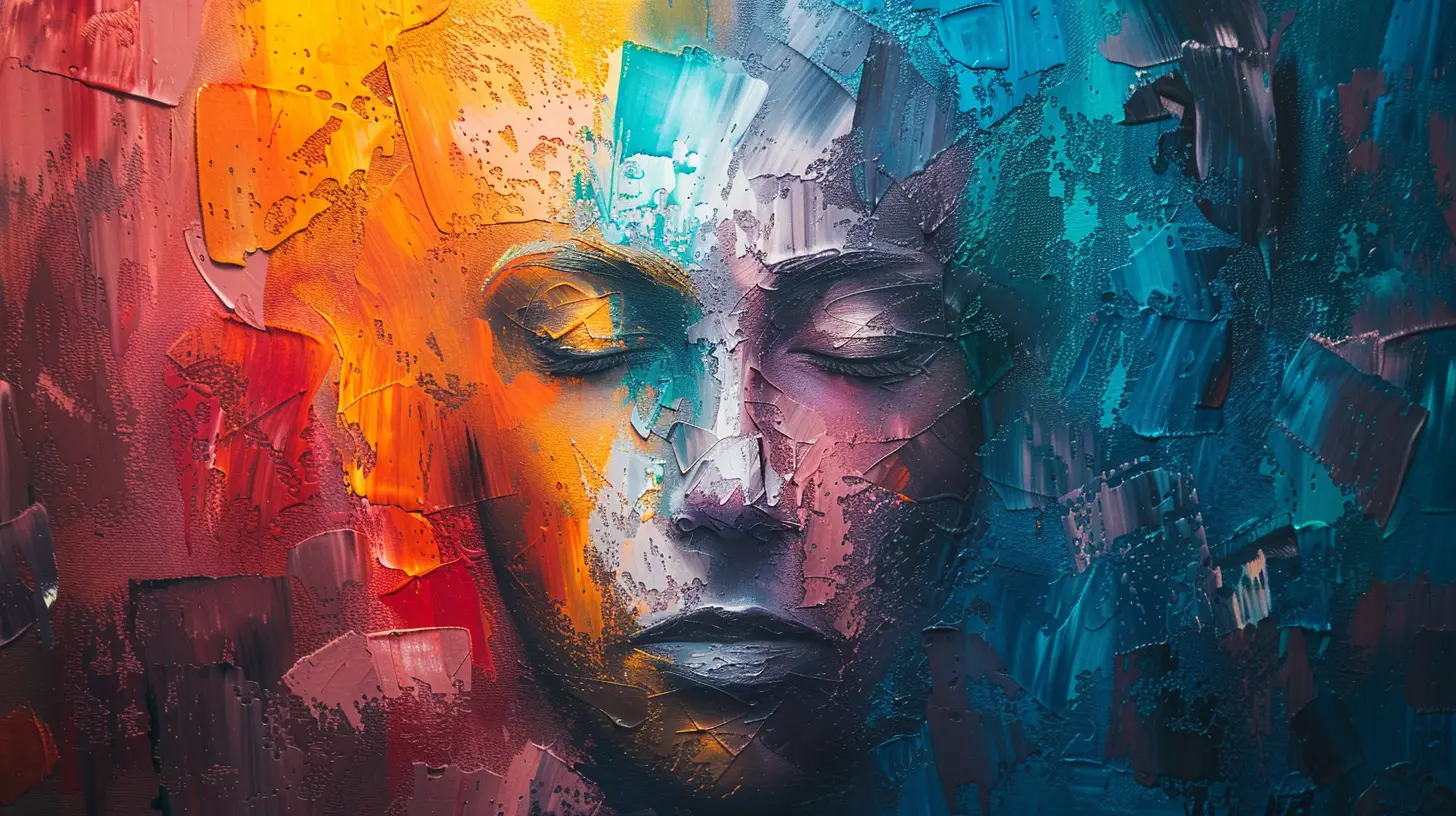
Emotional Expression Through Art
Art as a Tool for Emotional Regulation
Many autistic individuals experience strong emotions but find it challenging to express or even identify those feelings. Art becomes a release valve. It helps them manage anxiety, frustration, and sensory overload in a healthy way.Instead of bottling up those emotions, they can splash colors on a canvas, strum the strings of a guitar, or mold clay into something that “feels” right. Suddenly, the chaos inside is transformed into something tangible and even beautiful.
Safe Space for Vulnerability
Let’s be honest — the world isn’t always kind to people who are different. Autistic folks can face bullying, misunderstanding, or isolation. Art spaces (when inclusive and supportive) become emotional sanctuaries. There’s no need to “mask” or pretend. Just create.These spaces let autistic individuals feel seen and heard — not in spite of who they are, but because of it.
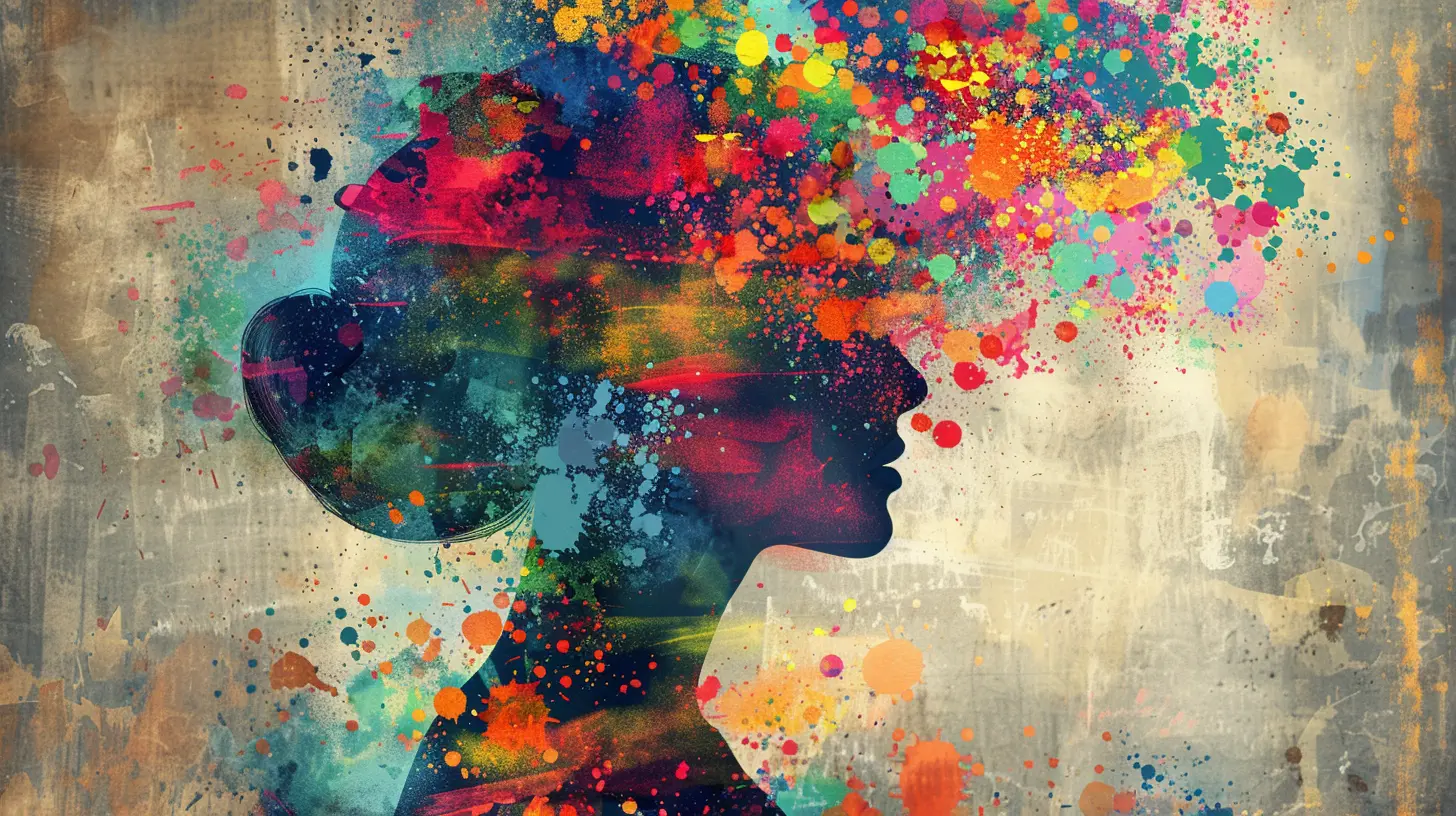
Unlocking Communication Through Creativity
Speaking Without Words
Ever tried explaining a feeling — like love or grief — and found that words just didn’t cut it? Now imagine if that was a daily experience.Art can serve as a non-verbal form of communication, especially for non-speaking or minimally verbal autistic individuals. A drawing, a dance, or even a collage can “say” what spoken language cannot. It’s like opening a window into someone’s thoughts and feelings.
Enhancing Social Interaction
Creative activities often take place in group settings — art classes, theater programs, music workshops. These environments give autistic people a chance to connect with others in low-pressure, structured ways.Sure, small talk might be difficult. But building a Lego sculpture together or performing in a skit? That’s shared joy. That’s connection.
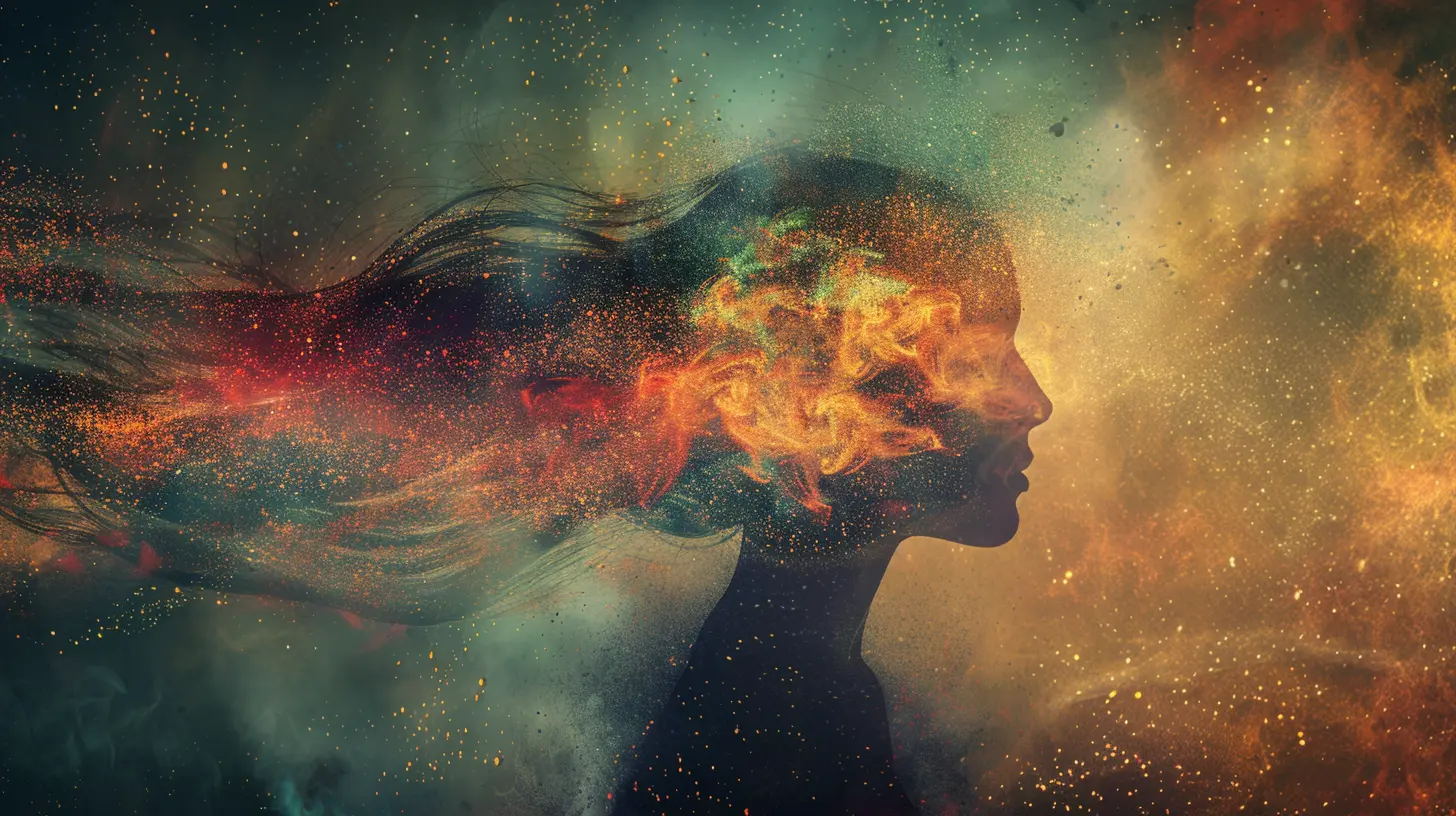
Boosting Cognitive and Sensory Development
Stimulating the Brain in Unique Ways
Research shows that engaging in creative work activates multiple regions of the brain at once. That’s a big deal because many autistic individuals have uneven cognitive profiles — they might be brilliant in one area and struggle in another.Art can help balance that out. It strengthens fine motor skills, enhances visual-spatial reasoning, and improves memory retention. Creative play also supports executive functioning — things like planning, attention, and flexible thinking, which can be tricky for autistic individuals.
Sensory Integration Through Art
Let’s talk about sensory sensitivities for a second. Many autistic individuals are hypersensitive (or hyposensitive) to light, sound, textures, or movement. That may sound like a challenge, but in an artistic setting, it’s actually a superpower.Playing with textures in clay, feeling the vibration of music, watching colors blend on paper — these experiences can help individuals regulate their sensory input while enjoying the sensations rather than being overwhelmed by them. Creating art gives them a sense of control over their sensory environment.
A Platform for Strength-Based Development
Spotlighting Unique Talents
One of the most misunderstood aspects of autism is that it’s all about deficits. But many autistic individuals have extraordinary strengths — attention to detail, pattern recognition, originality — which shine through in their art.By focusing on what someone can do rather than what they can’t, we create space for confidence to grow. Nothing builds self-esteem like realizing “Hey, I’m really good at this!”
From Hobby to Career
Let’s not forget that creativity isn’t just therapeutic — it can become a livelihood. Many autistic artists have turned their passion into a profession, whether by selling artwork, composing music, or working in animation and design.With the right support and opportunities, creative expression can become more than just a hobby. It can be a ticket to independence, purpose, and self-worth.
Real-Life Examples of Autistic Creativity
Stephen Wiltshire — The Human Camera
Stephen Wiltshire is a British artist with autism known for drawing incredibly detailed cityscapes entirely from memory. One helicopter ride over New York, and he could sketch the skyline with perfect accuracy. That’s not just talent — that’s neurological magic at work.Temple Grandin — Visual Thinking in Action
Temple Grandin, a renowned animal behaviorist and autism advocate, often credits her success to her visual thinking. She sees the world in pictures and used that skill to revolutionize the livestock industry. Creativity isn't always about paint and brushes — sometimes it’s about solving problems in completely original ways.Donna Williams — Art as Self-Discovery
Donna Williams was a singer, painter, and author who used art to explore her identity. Diagnosed with autism later in life, she said that her creative work helped her make sense of her world and gave her a sense of agency. Her story is a powerful reminder that art can lead to self-awareness and healing.Creating Inclusive Creative Spaces
Now, here's the thing: not all art programs or schools are autism-friendly. So what can we do about it?Make It Sensory-Safe
Fluorescent lights, loud sounds, or scratchy materials can be deal-breakers for someone with sensory sensitivities. Art spaces should be designed with flexibility — dimmable lights, noise-canceling options, and a variety of materials can make a huge difference.Focus on Process, Not Product
Perfectionism and pressure to create “beautiful” art can kill the joy of creating. Autistic artists thrive in environments that value the process of making art over the final outcome. Let them experiment. Let them play.Training for Teachers and Facilitators
Art instructors need to understand autism — not as a disorder to be “fixed,” but as a difference to be accommodated and celebrated. That means training in communication styles, behavior response, and adaptive techniques.
Final Thoughts
Art isn’t just a pastime for many autistic individuals — it’s a lifeline. It’s how they make sense of a chaotic world, connect with others, and discover their own voice. Creativity levels the playing field. It opens doors that might otherwise be shut.So whether someone on the spectrum is doodling in a sketchbook or composing their next symphony, remember: they’re telling you something. Your job is to listen — not just with your ears, but with your eyes, your heart, and your soul.
Because art has no rules. And that makes it the most inclusive language of all.
all images in this post were generated using AI tools
Category:
AutismAuthor:

Paulina Sanders
Discussion
rate this article
1 comments
Sheena Cox
This article beautifully highlights the transformative power of art for autistic individuals, celebrating their unique perspectives and creative expressions. Well done!
November 12, 2025 at 4:24 AM

Paulina Sanders
Thank you for your kind words! I'm glad the article resonates with you and highlights the importance of art in celebrating the unique voices of autistic individuals.
